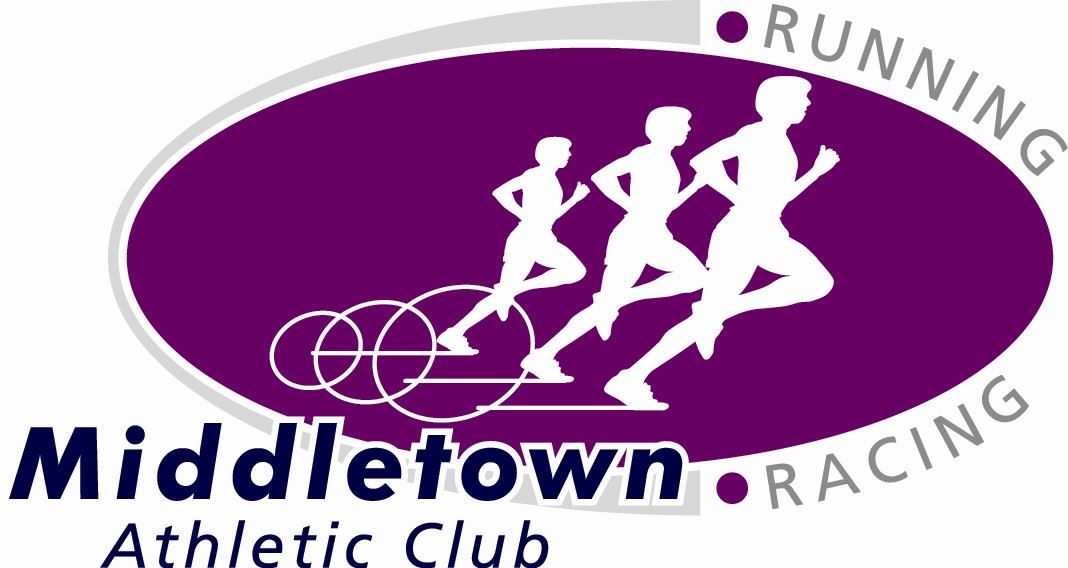I still remember the conversation with my 8th grade math teacher, Mr. Acri. “I’m never gonna use this stuff. Ever.” “Yes, you will, Mr. Shearer. Yes you will.” Man, I hate being wrong. And when the revelation hits you at 5:30 on a Friday morning, it’s worse.
There I was, 5:30 am on race day, mowing a path through a field to complete the racecourse. The near edge of the field made the course too short, and the far side path made it too long. I needed to mow an arc along some pre-planted surveyors’ flags at 5:30 am, in order to make the course exactly 8,000 meters. I’m sure the arc had something to do with trigonometry or geometry or ‘math hates me-ometry’.
My race day prep for this fall cross country meet really started months before – back in March. Anyone who has ever run a race knows there’s a lot that goes into the making of a race. Anyone who has ever directed a race knows…. well, they just know.
I often hear competitors complain about some aspect of the event that didn’t quite suit them. And I’ll admit, as a competitor, I have certain expectations of a race, whether it’s a road race, trail race, marathon, cross country event, track meet or race around the block.
What do we want? We want an accurate course, plenty of bathrooms, decent post-race fare, instant access to results, great swag, age group awards going 19 deep in three-year increments, a hotel at both ends of a point to point course. What we want is the eastern half of the western hemisphere. And with the price of some events, we expect to get it.
The unenviable task of providing all of this to competitors is usually undertaken by some local volunteer individual or group who may or may not have any background in racing at all. A local race is a great way to raise funds and awareness for charities and organizations. Hey, 200 people will show up, pay $30 and run about 3 miles or so.
The above two paragraphs illustrate the differing world views of those two groups. I’ve run over 1,000 races in my life, and I’ve directed or volunteered for probably close to 100 others. Bridging that gap between expectations and reality isn’t always easy. Both sides need a little education (no, not my 8th grade math class. Remember, I’ll never need that stuff ever again, until you’re measuring a cross country racecourse).
My race day prep started with acquiring a permit for the course, along with a list of all the things I couldn’t do. Race apps were needed for circulation/distribution to potential teams and athletes (this was a college race but also open to unattached runners such as yourselves). Shirts were designed and ordered, awards were designed and ordered, bathrooms were… ordered (no design needed). There were TWO courses to lay out (a 5k and an 8k), accurately measure, mark and certify (and apparently mowing – don’t forget the mowing). Parking for cars and buses, volunteer course marshals, EMS staff and trainers, a finish line timing company (and the accompanying data entry of the 190 entrants). I needed a starter’s pistol AND blanks (it is impossible to find blanks – used an air horn), safety vests, safety pins and THREE hours to adhere the timing chips to the bibs. I did mention race bibs right? Team packets, course maps, starting block assignments… I think 8th grade math is starting to look easy!
This is not the complete listing of this particular race’s anatomy, but it hopefully gives both the runner and the race organizer something to think about. “The course wasn’t accurate”. “The shirts are ugly”. “Not one runner thanked us, and they threw their trash everywhere but the trash can”. Oh, I forgot about the trash cans. “There was a train on the course”. That happened to me a few years ago and recently during a marathon in PA.
Trigonometry and reading train schedules – I ain’t good at either.
Competitors should research who the race organizers are before they set those lofty expectations. The folks from the New York Road Runners Club or the Boston Athletic Association get paid for doing what they do. Their margin for error is a lot less than the local charity raising funds for its annual budget.
AND would-be race organizers would be wise to pick the brain of an experienced group like the Road Runner’s Clubs of America (www.rrca.org). Knowing what is expected can be the difference between a 30-year event like the Peach Festival and a one-and-done ‘2 ½ mile 5k event’.
By the way, my race was a success. 11 teams competed and all said they’d be back next year. That gives me plenty of time to take a remedial 8th grade math class.
